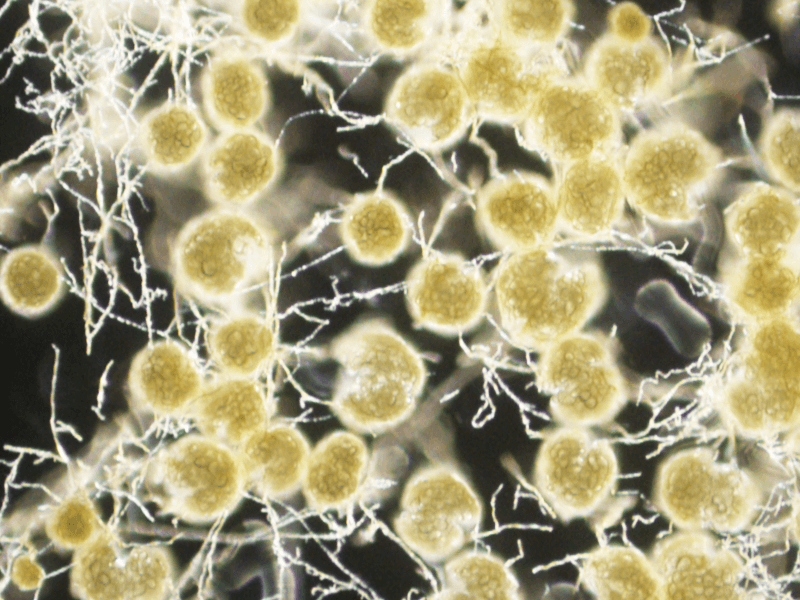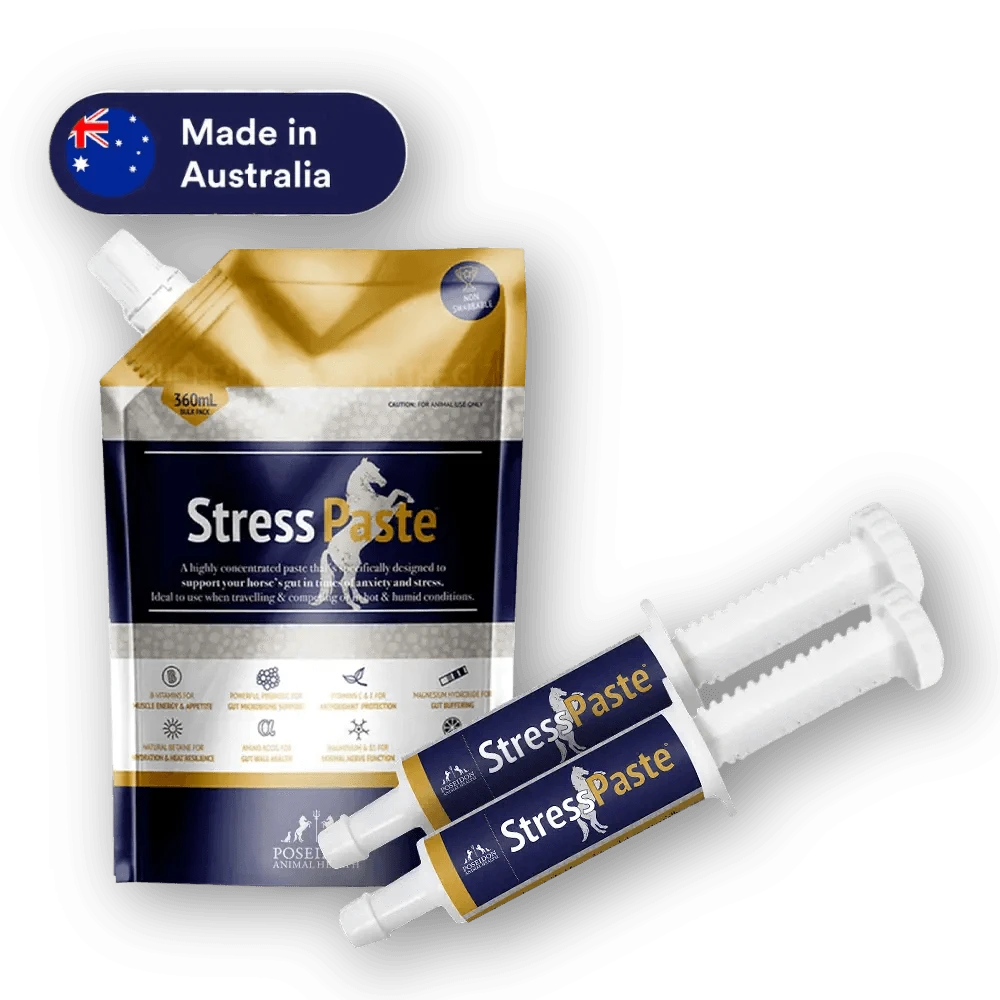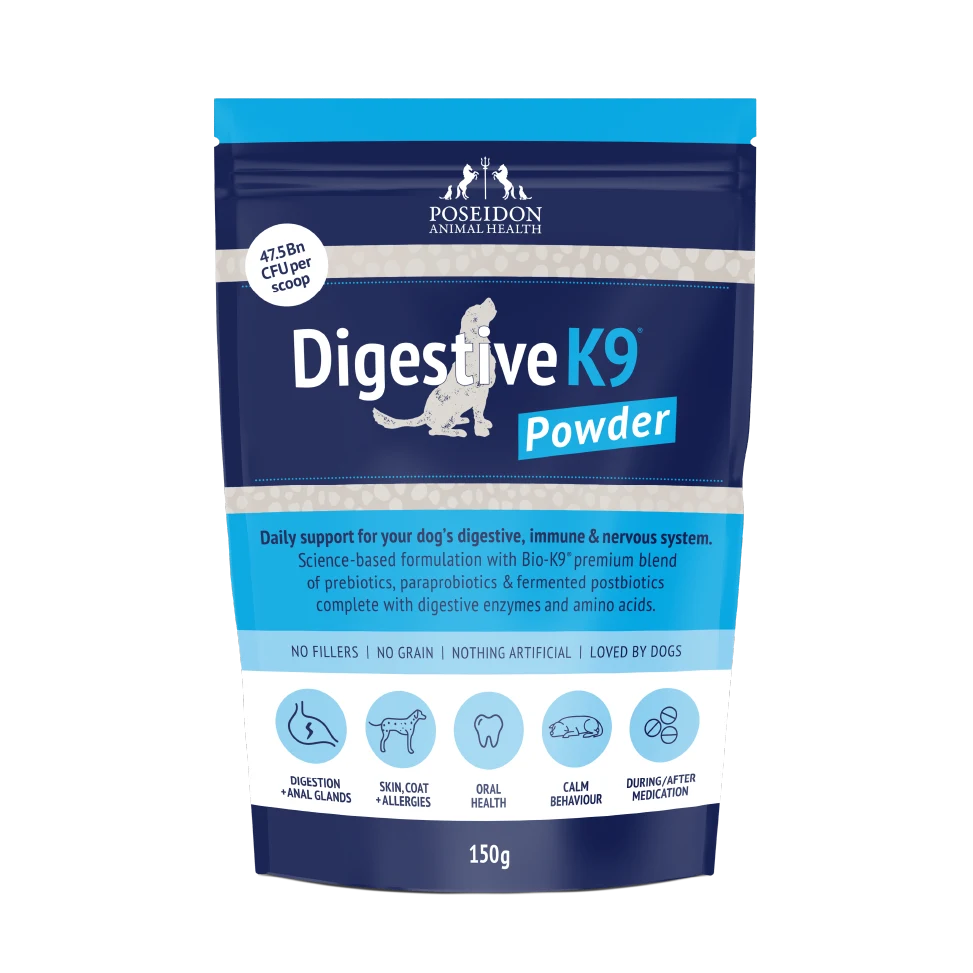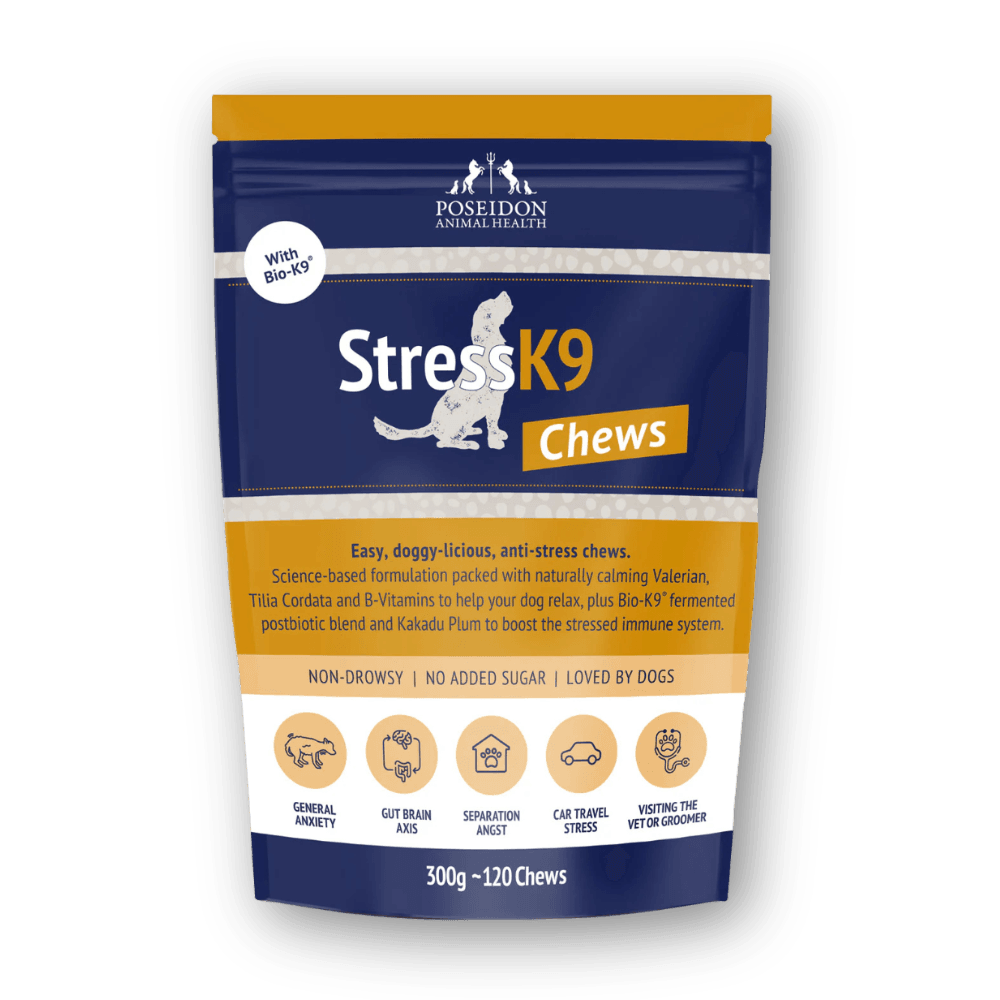
Take a look out the window…what’s your horse chewing on right now? Hay? Chaff? Some apparently random stick or bit of bark? Or that boundary fence post that’s slowly starting to fall apart?
Hey, well at least it’s all fibre… and, importantly, it’s all different types of fibre. Of course, it would be best for your horse and for your fence if there was an alternate way to satisfy those fibre cravings.
But many horses don’t have ready access to the diversity of fibre they need for good gut health.

The cell walls of plants (including the wood in that random stick, bit of bark or fence post) are all made up of a number of different types of fibres, with the three most abundant being cellulose, hemicellulose and lignin.
The amount, proportion, and type of these fibres vary, depending on the plant species, and other factors, such as how the plant has been grown and how the plant material has been processed.
So, different plant materials provide a diversity of plant fibres.

Interestingly, at the next level down, the diversity continues. All of these plant fibres are polymers, meaning that they are made up of repeating chemical units, but these chemical units are different, depending on the type of fibre. Cellulose is the simplest of the three main plant fibres when we consider it at the so-called molecular level. Cellulose is a plant fibre made up exclusively of repeating molecules of glucose.
Hemicelluloses in comparison are polymers made up of a diversity of different types of sugars, including rhamnose, xylose, arabinose, mannose and galactose. Lignin, which is the toughest of the three fibres, and is particularly important in wood and bark, is even more diverse, and in fact, is rather famed for this.
This molecular-level diversity of lignin is one of the main reasons why wood last so long; it’s because not just anything can break wood down…

So, what does break down lignin? And the other plant fibres, hemicellulose and cellulose? Well, despite your horse’s best efforts in demolishing that stick, it’s certainly beyond their own biological ability to break down these tough plant fibres. Horses do not produce the enzymes needed to break down these fibres in their small intestines. Instead, horses must rely on the microorganisms present in their hindgut to act as the fibre demolition crew.
And here’s where we see another level of diversity. No doubt you’ve heard of gut bacteria, but the horses’ hindgut is actually home to all sorts of different microorganisms, including archae, viruses, ciliates, protozoa and fungi. And when it comes to fibre, it’s the fungi present in the horse hindgut where a lot of the fibre demolition action starts.
Fungi play an incredibly important role in the horse hindgut, because they’re generally among the first responders when it comes to incoming fibre (Edwards, 2019).
And that’s because fungi, even more so than bacteria, are equipped with the tools for the job. These tools are the wide variety of enzymes, including glucanases and xylanases, that they have ready to tackle and dismantle the diverse array of fibre structures headed their way.
Plus, unlike bacteria, fungi are literally able to penetrate right into the fibre itself during demolition. Take another look at that fence post that’s falling apart, and there’s a good chance that you’ll see fungi growing on it, penetrating the wood with their incredibly thin but incredibly mighty filaments, just as they can in the gut (Edwards, 2019).

When it comes to fibre demolition, the anaerobic fungi present in the horse hindgut are of particular importance. These are the fungi that are adapted to grow in the absence of any oxygen.
However, we’re only just beginning to appreciate the importance and diversity of anaerobic fungi, since they are very strange beasts, and difficult to grow in the laboratory, with only a handful able to be studied up close in the laboratory to date.
But a recent study by Paul et al. (2018) using new molecular laboratory techniques suggested that there are nearly 300 species of anaerobic gut fungi in herbivores that we know hardly anything about, and these fungi are likely to be an even richer source of diverse, fibre-demolishing enzymes than what we are already aware of.
Once the dismantling of fibre into their different chemical units has been done by the fungi in the horse hindgut, it’s time for other microorganisms, including the bacteria, to join the fungi and start to work on the simpler chemical units liberated from the fibres.
And here, finally, a wide diversity of simpler units, produced by a wide diversity of fungi acting on a wide diversity of fibres, provides opportunity for a wider diversity of microorganisms to get to work on the final stage of fibre demolition, producing a diversity of short-chain fatty acids such as acetate, buyrate and propionate, from which horses derive so much of their energy. And everyone’s happy!
So, there we have it…how diverse fibre and diverse fungi come together to promote gut diversity for your horse…all the way down!

References:
Edwards, JE (2019) Equine anaerobic fungi: key taxa of central importance to dietary fibre degradation. Small Things: European Equine Health & Nutrition Congress, 9th Edition, Utrect, The Netherlands, 2019.
Paul SS, Bu D, Xu J, et al. (2018) A phylogenetic census of global diversity of gut anaerobic fungi and a new taxonomic framework. Fungal Diversity. 89:253-266.






















